Home>Furniture>Living Room Furniture>How To Make A Coffee Table Book


Living Room Furniture
How To Make A Coffee Table Book
Modified: March 16, 2024
Discover how to create a stunning living-room-furniture coffee table book that will elevate your home decor and showcase your personal style.
(Many of the links in this article redirect to a specific reviewed product. Your purchase of these products through affiliate links helps to generate commission for Storables.com, at no extra cost. Learn more)
Introduction
Imagine capturing your most cherished memories, stories, and photographs in a beautifully curated coffee table book. A coffee table book is not just a piece of home decor; it is a statement that reflects your personal style and interests. Whether you are a photography enthusiast, an avid traveler, or a passionate collector, creating a coffee table book allows you to showcase your passions and create a lasting impression on your guests.
In this article, we will guide you through the process of making a stunning coffee table book, from choosing the perfect theme to marketing and distribution. So grab a warm cup of coffee, sit back, and let’s dive into the world of creating a custom coffee table book.
Key Takeaways:
- Creating a coffee table book involves choosing a theme that resonates with you, gathering captivating content, and designing a visually stunning layout to captivate your audience and spark conversations.
- Marketing and distribution are essential for sharing your coffee table book with the world. Utilize engaging visuals, collaborate with influencers, and explore various distribution avenues to maximize its reach and success.
Read more: How To Decorate With Coffee Table Books
Choosing a Theme
When embarking on the journey of creating a coffee table book, the first step is to choose a compelling theme. The theme will dictate the overall style and subject matter of your book, so it’s crucial to select something that truly resonates with you and your audience.
Consider your interests, passions, and the purpose of your coffee table book. Are you an avid traveler looking to showcase your adventures? Are you a pet lover who wants to celebrate the bond with your furry friends? Or perhaps you have a collection of stunning photographs that deserve to be displayed in a visually captivating format.
It’s essential to choose a theme that enthusiasts and resonates with you, as that will bring authenticity and meaning to your coffee table book. Remember, the goal is to evoke emotions and spark conversations among your guests, so selecting a theme that aligns with your interests and experiences is key.
Additionally, consider the target audience for your coffee table book. Are you creating it for yourself and your family? Or do you envision it being enjoyed by a broader audience? Understanding your intended audience will help you refine your theme and tailor your book accordingly.
Once you have brainstormed a few ideas, take some time to research existing coffee table books that revolve around similar themes. This will allow you to gather inspiration and identify any unique angles or perspectives you can bring to your own book. Look for different styles, layouts, and approaches that resonate with you, as this will help shape the aesthetic direction of your coffee table book.
Ultimately, choosing the right theme for your coffee table book is essential. It sets the tone for the entire project and ensures that your book stands out among the masses. So take your time, explore your passions, and choose a theme that speaks to your heart.
Gathering and Selecting Content
Once you have settled on a theme for your coffee table book, the next step is to gather and select the content that will bring your vision to life. Content is the heart and soul of a coffee table book, and it’s essential to curate a collection that is engaging, visually appealing, and tells a compelling story.
Start by compiling your existing photographs, artwork, or any other visual elements that align with your chosen theme. If you are creating a travel-themed book, gather images from your trips, capturing the landscapes, landmarks, and unique experiences. If your book is centered around a collection, gather high-quality photographs that showcase the items in their best light.
In addition to visual content, consider incorporating written content such as stories, anecdotes, or captions that contextualize and enhance the images. These snippets of text can provide interesting insights, create connections, or evoke emotions for the reader.
It’s important to strike a balance between variety and cohesion when selecting your content. You want to include a mix of different angles, compositions, and subject matter to keep the reader engaged. However, ensure that there is a common thread running through the photos and text, tying them together under the overarching theme of your coffee table book.
Once you have gathered a pool of potential content, take the time to go through each piece and assess its quality, relevance, and visual appeal. Consider factors such as composition, lighting, and storytelling potential. Be critical in your selection process, as this will ensure that only the most impactful and visually stunning elements make it into the final version of your book.
If you find that certain content is lacking in quality or doesn’t align with your vision, don’t hesitate to seek out additional resources. You may consider hiring a professional photographer, commissioning artwork, or reaching out to fellow enthusiasts to contribute their work.
Remember, a coffee table book is a visual and tactile experience, so aim to create a collection of content that is captivating, evocative, and leaves a lasting impression on the reader.
Layout and Design
Once you have curated the content for your coffee table book, it’s time to bring it all together through thoughtful layout and design. The layout plays a crucial role in how your book is perceived and experienced by the reader, so it’s essential to create a visually appealing and cohesive design.
Start by organizing your content into chapters or sections that flow logically and tell a cohesive story. This will provide a sense of structure and guide the reader through the book. Consider the pacing and rhythm of the book, ensuring that there is a harmonious balance between photos and text.
When designing the layout, pay attention to visual elements such as composition, white space, and color schemes. The placement of images and text should be deliberate, creating visual interest and guiding the reader’s eye across the pages. Experiment with different arrangements until you find a layout that feels balanced and visually appealing.
Consider incorporating visual elements such as borders, frames, or overlapping images to add depth and visual interest to your layouts. However, be mindful not to overcrowd the pages, as this can detract from the overall experience. Remember, simplicity and elegance can go a long way in creating a visually stunning coffee table book.
In addition to the layout, typography is another crucial element in the design process. Choose fonts that complement the theme and tone of your coffee table book. Consider using a combination of fonts for headings, subheadings, and body text to create hierarchy and visual interest. Ensure that the text is legible and doesn’t distract from the visual elements.
As you design your coffee table book, think about how the layout and design elements contribute to the overall narrative and theme. Each layout should be intentional and contribute to the reader’s understanding and enjoyment of the content.
Remember to keep your target audience in mind when designing the layout. Are you creating a modern and sleek book for a contemporary audience? Or perhaps you’re going for a more rustic and nostalgic feel. Aligning your design choices with your desired audience will enhance the overall aesthetic and appeal of the coffee table book.
With careful attention to layout and design, your coffee table book will come to life as a visual masterpiece that captivates and delights your readers.
Captions and Text
Aside from visually stunning images, the captions and text in your coffee table book play a crucial role in providing context, enhancing the storytelling, and connecting with the reader on a deeper level. Thoughtfully crafted captions and text can transform a collection of images into a cohesive narrative that engages and informs.
When writing captions, aim to provide concise and impactful descriptions that complement the visuals. Captions should provide essential information, such as dates, locations, and subjects, but they can also go beyond that. Consider incorporating interesting facts, personal anecdotes, or quotes that add depth and personality to the images.
It is important to strike the right balance between providing enough information without overwhelming the reader. Be mindful of the length of your captions and ensure they are tailored appropriately to the content at hand. A good rule of thumb is to keep captions to a couple of sentences or a short paragraph.
In addition to captions, consider including longer blocks of text throughout your coffee table book, such as introductions, essays, or stories related to your theme. These textual elements can help weave a narrative around the visuals and create a more immersive experience for the reader.
When writing longer blocks of text, maintain a captivating and engaging style that aligns with the overall theme and tone of your coffee table book. Aim to evoke emotions, spark curiosity, and provide insights that enhance the reader’s understanding and connection to the content.
Consider the placement and formatting of the text within the book. Take care to ensure that the text is legible, contrasting well with the background, and doesn’t distract from the accompanying visuals. Experiment with fonts, sizes, and spacing to find a visually pleasing and harmonious balance between text and imagery.
Lastly, proofread your captions and text meticulously to ensure accuracy and coherence. Typos or grammatical errors can be distracting and diminish the overall quality of your coffee table book. If necessary, enlist the help of a professional editor or friend to review and provide feedback on the written content.
By paying attention to captions and text, you can create a coffee table book that not only delights the eye but also provides a rich and meaningful reading experience.
When making a coffee table book, focus on high-quality images, choose a theme or story to guide the content, and use professional printing for a polished finish.
Read more: How To Style Books On A Coffee Table
Printing and Binding
After meticulously curating and designing your coffee table book, it’s time to bring your creation to life through the printing and binding process. This step is crucial in ensuring that the final product is of high quality, durable, and visually captivating.
Firstly, decide on the printing method that best suits your needs and budget. There are various options available, such as digital printing, offset printing, or print-on-demand services. Digital printing is typically more cost-effective for smaller print runs, while offset printing is ideal for larger quantities. Print-on-demand services allow for printing only as many copies as you need, which can be a convenient option if you don’t require a large number of books.
Work closely with a reputable printing company or service to ensure that the colors and quality of the printed images match your expectations. Request sample prints or proofs to review before proceeding with the full print run. By doing so, you can make any necessary adjustments or corrections before the final printing process.
Next, consider the binding options for your coffee table book. The binding method will impact the durability and aesthetics of the finished product. Some common binding methods include perfect binding, which is ideal for thicker books with a flat spine, and lay-flat binding, which allows the pages to lie completely flat when the book is open.
Take into account the size and weight of your book when choosing the binding method. Ensure that the binding is sturdy enough to withstand regular handling and flipping through the pages without coming apart. Seek advice from the printing company or professional bookbinder to select the most appropriate binding option for your coffee table book.
Remember to consider the paper stock for both the cover and interior pages. The thickness, finish, and texture of the paper can greatly enhance the overall look and feel of your coffee table book. Opt for a high-quality paper that complements the images and aligns with the theme and style of your book.
Finally, request a sample copy of your fully printed and bound coffee table book. This will allow you to inspect the final product and make sure it meets your expectations in terms of color accuracy, image quality, and overall presentation. Make any necessary adjustments or corrections before proceeding with the full print run.
By paying attention to the printing and binding process, you can ensure that your coffee table book is a beautifully produced and durable masterpiece that will be enjoyed for years to come.
Cover Design
The cover of your coffee table book is the first thing that catches the eye and entices readers to pick it up. It is a crucial element in making a memorable impression and conveying the essence of your book. A well-designed cover sets the tone for the entire book and creates anticipation for what lies inside.
When designing the cover, consider the theme and style of your coffee table book. Align the cover design with the content within, creating a cohesive and visually compelling package. The cover should give readers a glimpse of what they can expect to find inside, enticing them to explore further.
Start by selecting a captivating image that represents the essence of your book. It could be a stunning photograph, an artwork, or a collage that encapsulates the theme and draws the reader’s attention. Ensure that the image is of high quality, visually striking, and relevant to the content inside. Experiment with different crops, perspectives, and color treatments to create a visually captivating cover image.
Incorporate text elements on the cover to provide additional information or evoke curiosity. Include the title of the book, your name or brand, and any other relevant details such as subtitles or taglines. Choose fonts that align with the overall theme and mood of the book. Play with different sizes, styles, and placements to create a visually appealing and balanced composition.
Consider adding additional design elements such as borders, textures, or overlays to enhance the visual impact of the cover. These elements can add depth and interest, making your book stand out among others on a shelf or table.
Think about the use of color in your cover design. Select a color palette that complements the content inside and evokes the desired emotions. Colors can convey different moods and create a strong visual impact, so choose wisely to create an engaging and enticing cover.
Remember to maintain simplicity and clarity in your cover design. Avoid cluttering the cover with too many elements or overwhelming the reader with excessive details. A clean and focused design will make a stronger impact and leave a lasting impression.
Lastly, request a sample or mockup of the cover design to assess how it looks in print or on screen. Review it carefully for any necessary adjustments or refinements before finalizing the cover design.
The cover of your coffee table book is a powerful tool to captivate potential readers and invite them into the world you have created. With thoughtful design and attention to detail, your cover will draw people in and make them eager to explore what lies inside.
Marketing and Distribution
Once your coffee table book is printed and ready to be shared with the world, it’s time to focus on marketing and distribution. By effectively promoting your book and making it accessible to your target audience, you can maximize its reach and ensure its success.
Start by creating a marketing plan that outlines your promotional strategies and tactics. Identify your target audience and develop messaging that speaks directly to their interests and preferences. Utilize various marketing channels, such as social media, email marketing, press releases, and collaborations, to generate buzz and create awareness about your coffee table book.
When promoting your book, leverage the power of engaging visuals. Share sneak peeks, behind-the-scenes photos, or captivating excerpts on social media platforms to pique interest and entice potential readers. Consider creating captivating video content that showcases the beauty and uniqueness of your coffee table book.
Reach out to influencers, bloggers, or industry experts who align with the theme of your coffee table book. Collaborate with them to create content or reviews that promote your book to their followers and audience. Their endorsement and support can significantly boost the visibility and credibility of your book.
Consider hosting book launch events or exhibitions where people can see and experience your coffee table book firsthand. Create a visually stunning display that showcases your book, and engage with attendees to share the stories and inspirations behind its creation.
When it comes to distribution, explore different avenues to make your book easily accessible to potential buyers. Consider online marketplaces, such as Amazon or Etsy, where you can list and sell your coffee table book. Form partnerships with local bookstores, galleries, or gift shops that align with your target audience. Explore the possibility of international distribution to expand your reach beyond your local market.
Offer different formats or editions of your coffee table book to cater to varying preferences and budgets. Consider creating a special limited edition with unique features or additional content to appeal to collectors and enthusiasts.
Lastly, encourage and prompt readers who have enjoyed your coffee table book to leave reviews and testimonials. Positive reviews not only build trust and credibility but also serve as social proof that can compel others to purchase and experience your book.
Remember that marketing and distribution are ongoing efforts. Continually monitor and assess the results of your promotional activities, and adjust your strategies as needed to ensure that your coffee table book reaches its intended audience and continues to captivate readers.
Conclusion
Congratulations! You have now reached the end of our journey in creating a captivating coffee table book. From choosing a theme to marketing and distribution, we have explored the essential steps involved in crafting a visually stunning and engaging masterpiece. By combining your passion for your chosen theme with careful planning and attention to detail, you can create a coffee table book that reflects your unique style and captivates the hearts and minds of your readers.
Remember, a successful coffee table book is a harmonious blend of captivating visuals, thoughtful layout and design, engaging captions and text, and a compelling cover. Each element plays a crucial role in creating a cohesive and immersive experience for the reader.
As you embark on the journey of creating your own coffee table book, embrace your creativity, think outside the box, and let your unique voice and style shine through. Be open to experimentation and always strive for your book to exceed your own expectations.
Whether your coffee table book is a personal project, a gift, or a commercial venture, cherish the process and enjoy the journey. Remember that creating a coffee table book is not just about the end result; it is about the memories, stories, and emotions that you capture and share.
Now, armed with the knowledge and insights you’ve gained, it’s time to turn your vision into reality. Embrace the power of storytelling and visual artistry, and craft a coffee table book that will be cherished and admired for years to come. Get ready to inspire, to evoke emotions, and to invite your readers into a world of beauty and wonder.
So go forth, unleash your creativity, and let your coffee table book become a cherished centerpiece in the homes and hearts of all who encounter it. Happy creating!
Frequently Asked Questions about How To Make A Coffee Table Book
Was this page helpful?
At Storables.com, we guarantee accurate and reliable information. Our content, validated by Expert Board Contributors, is crafted following stringent Editorial Policies. We're committed to providing you with well-researched, expert-backed insights for all your informational needs.


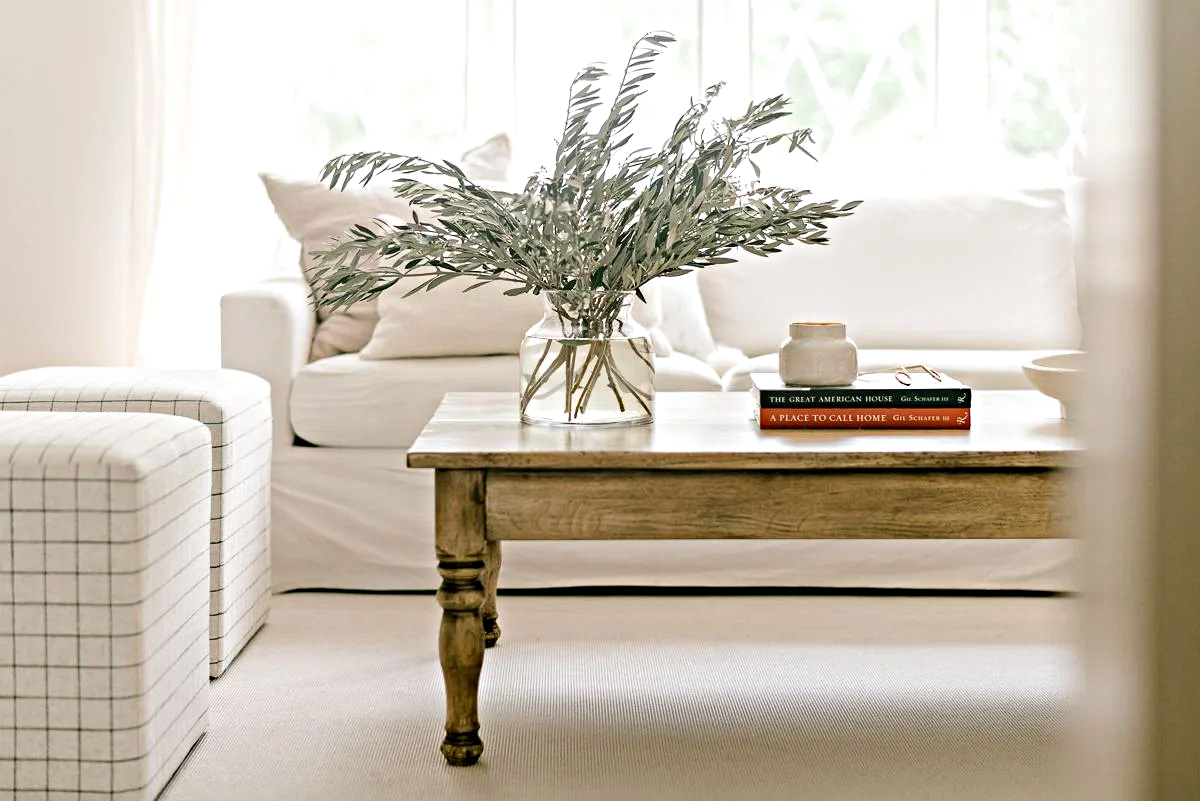
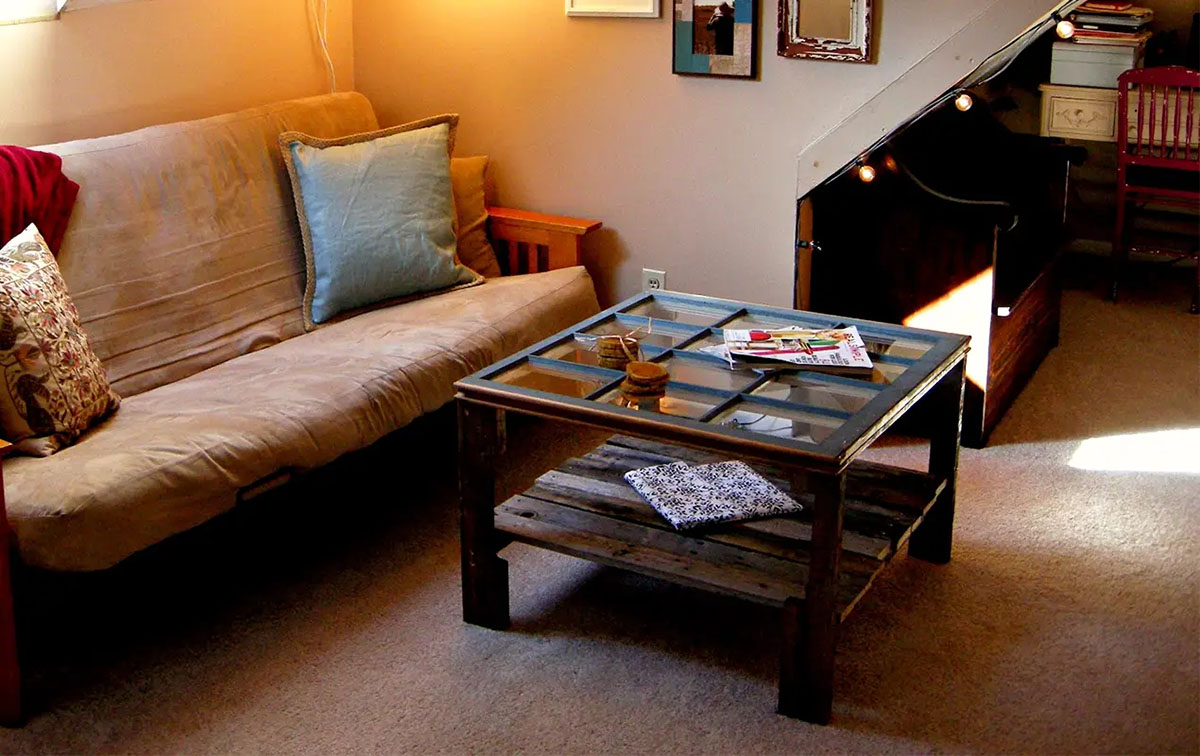
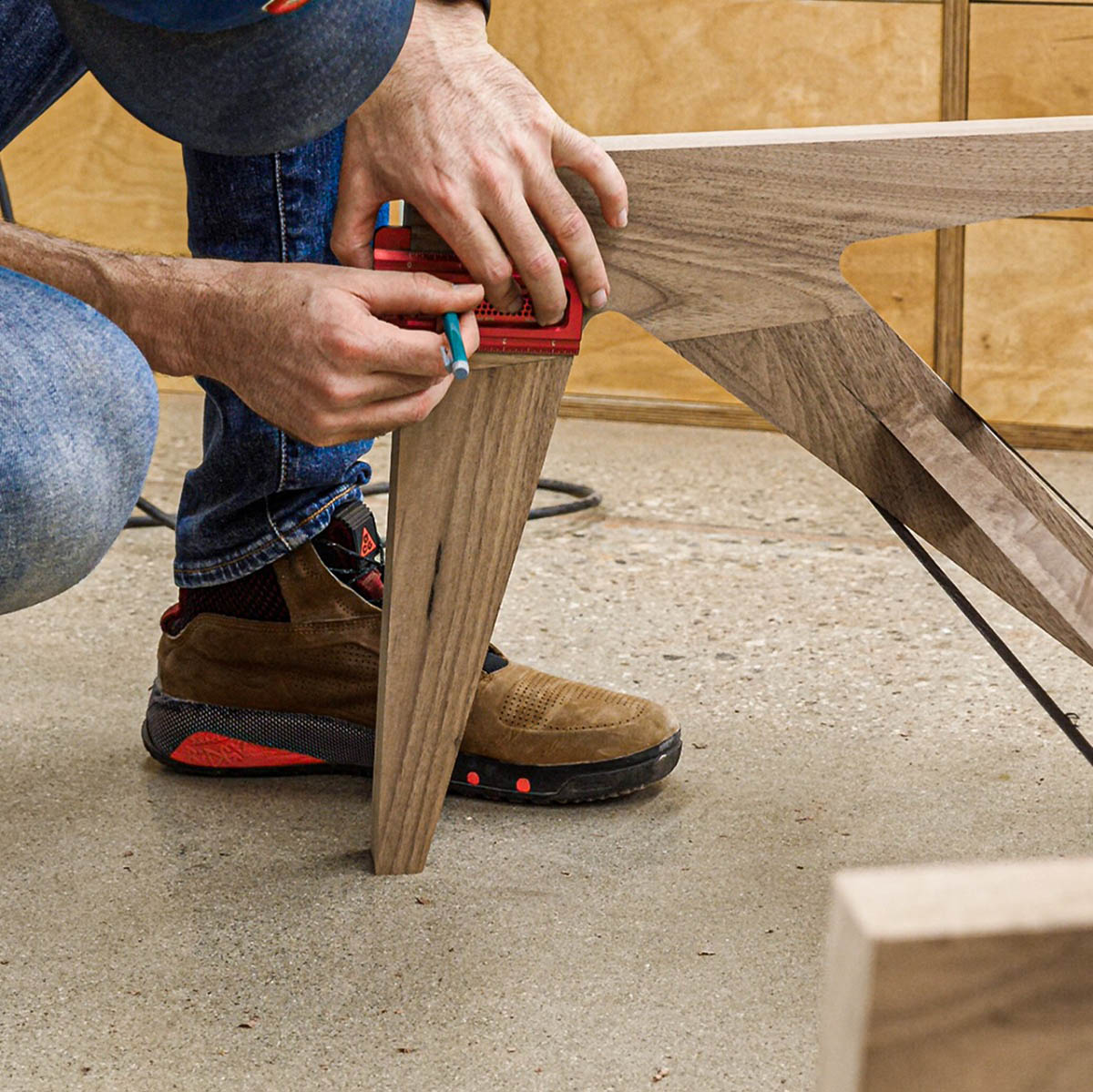
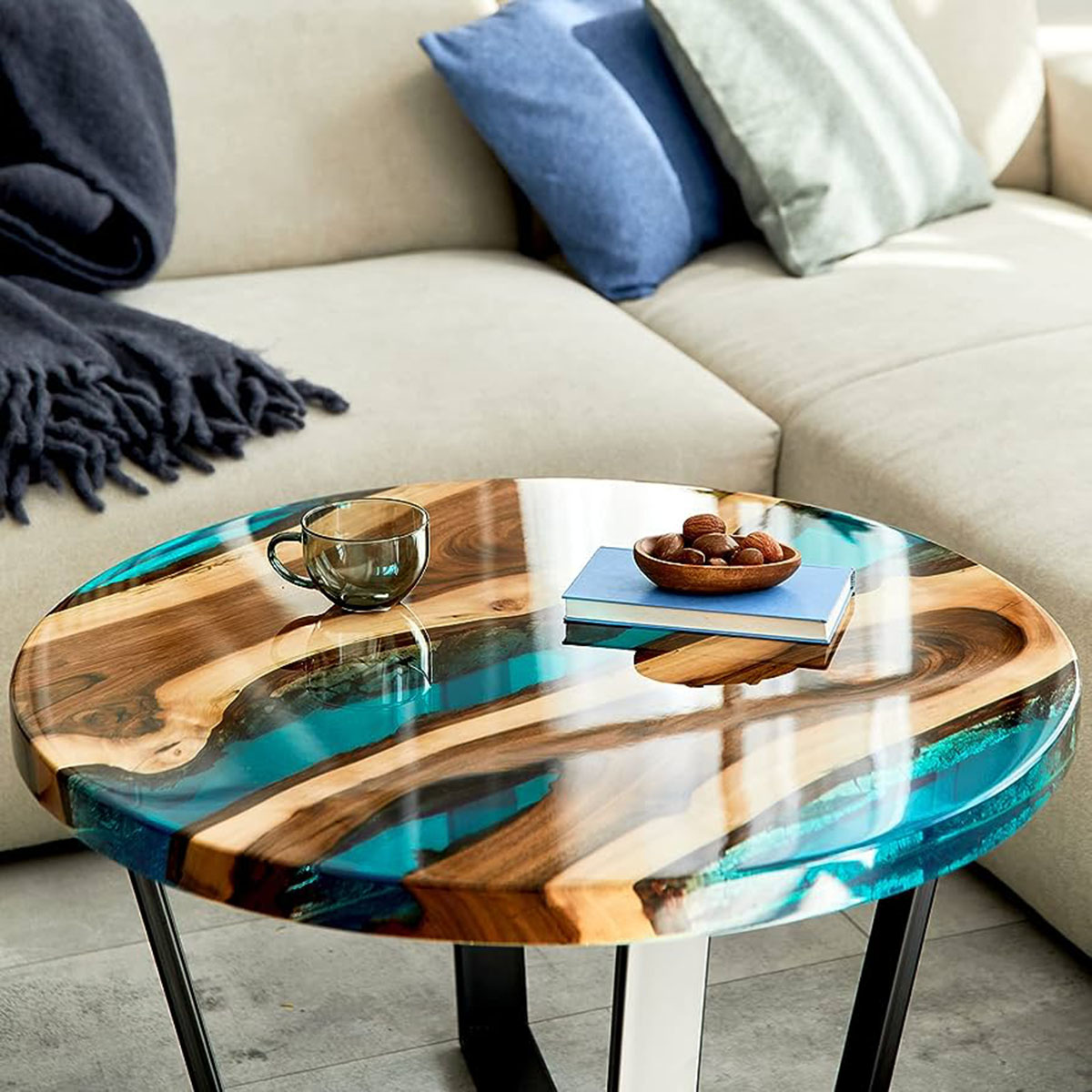
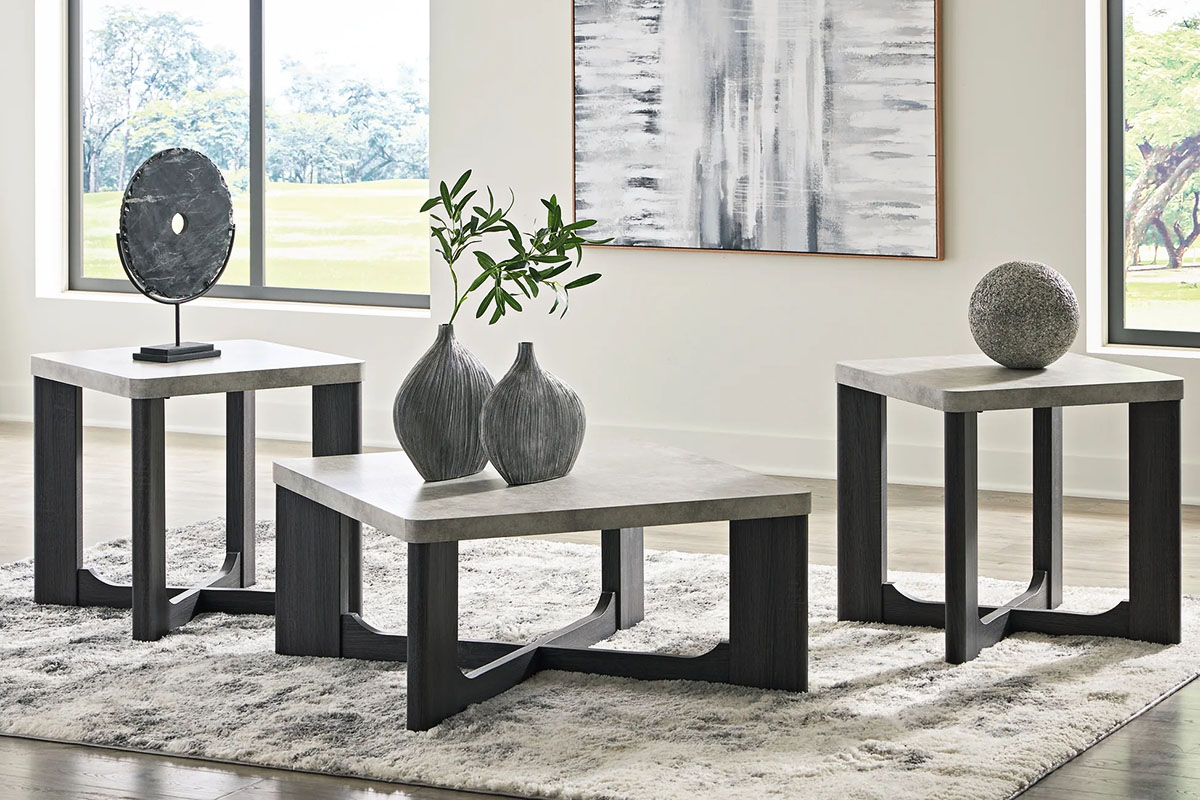
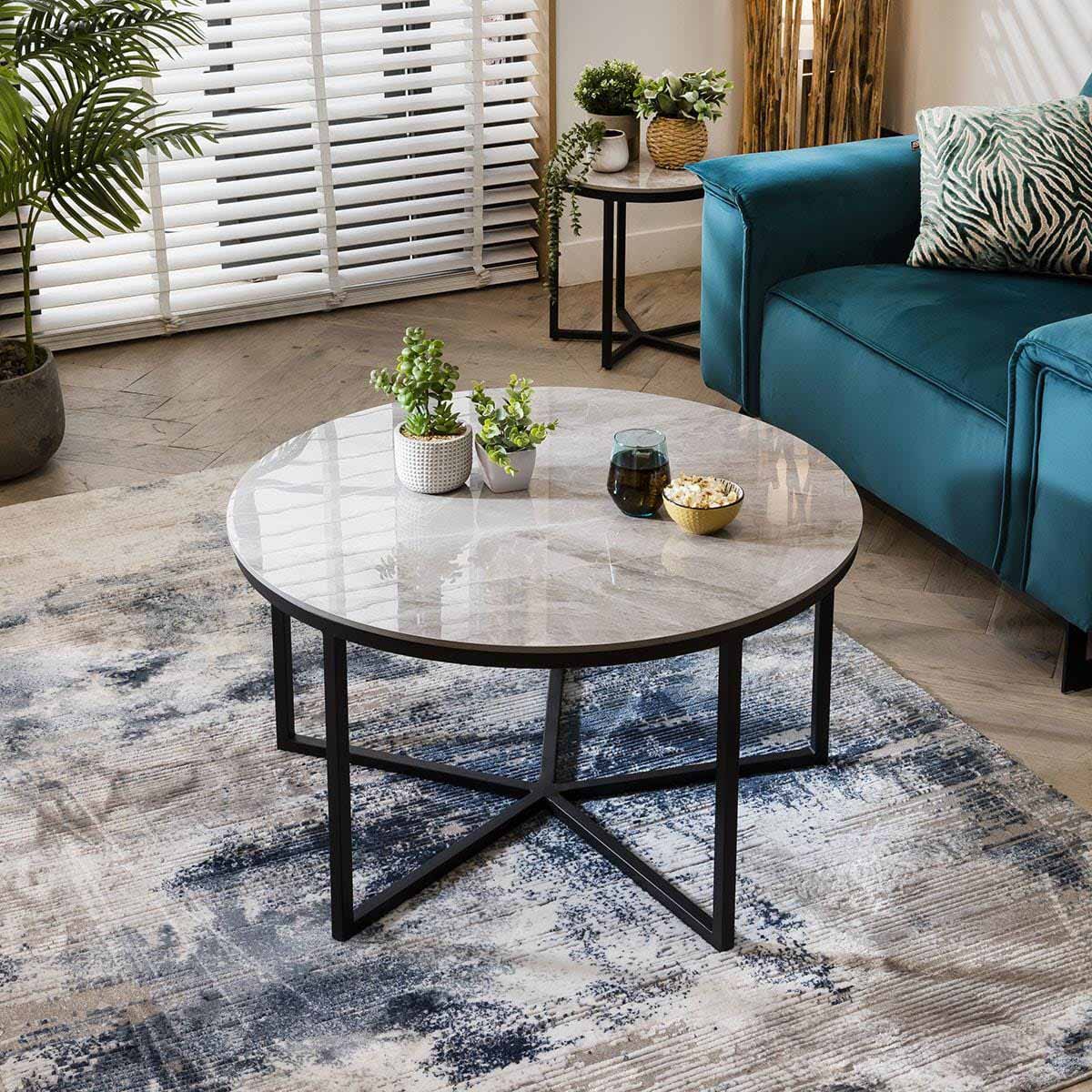



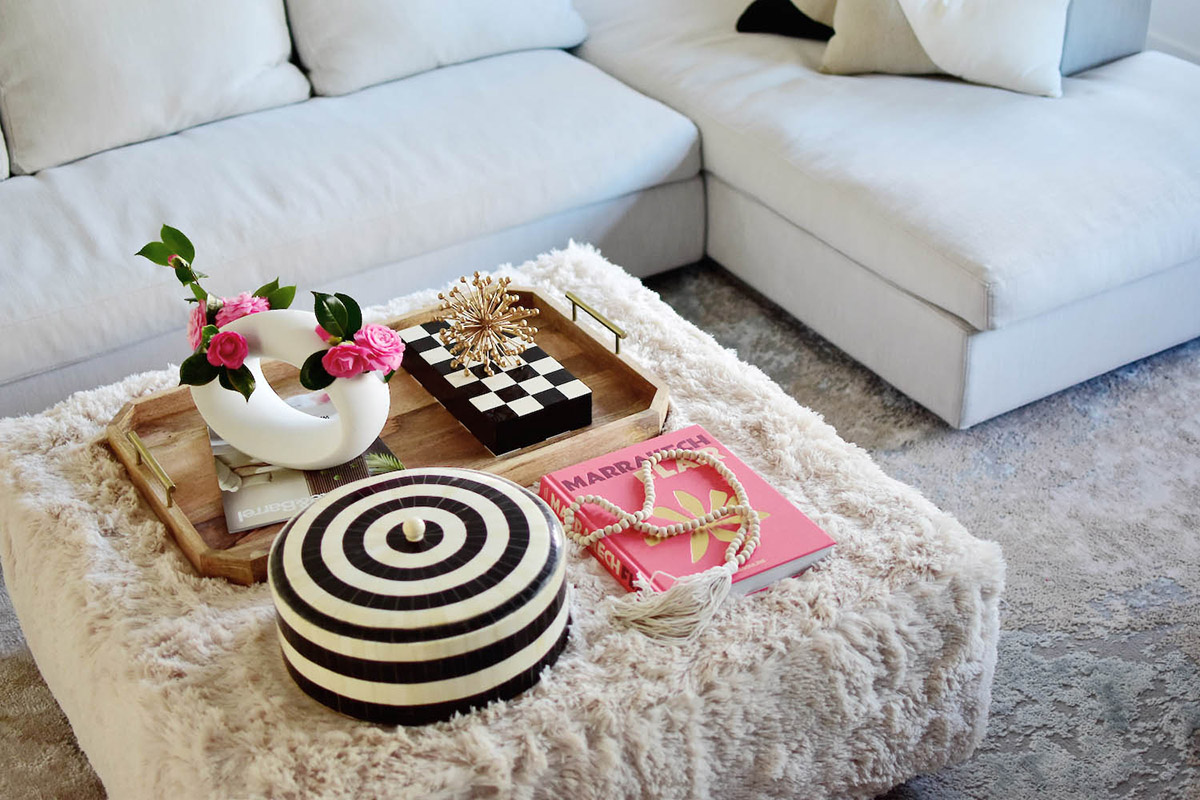
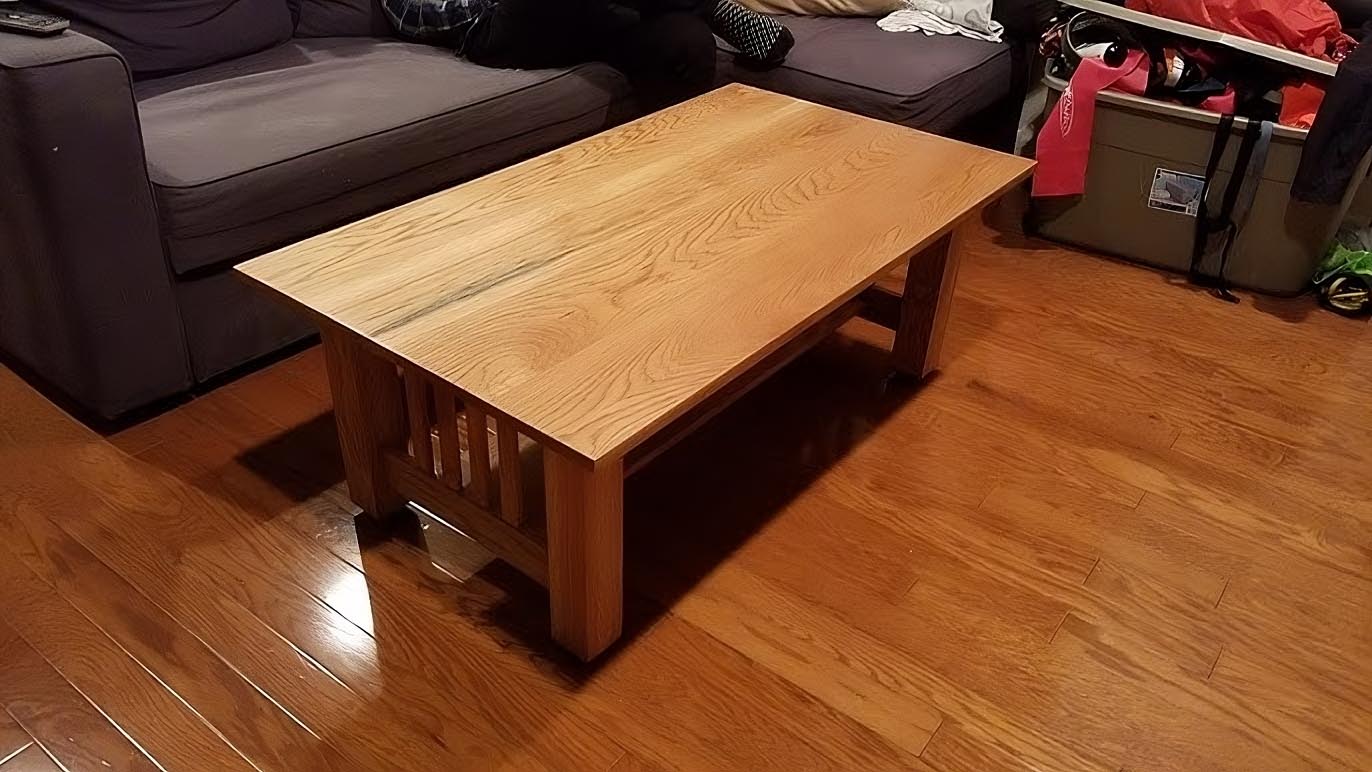


0 thoughts on “How To Make A Coffee Table Book”